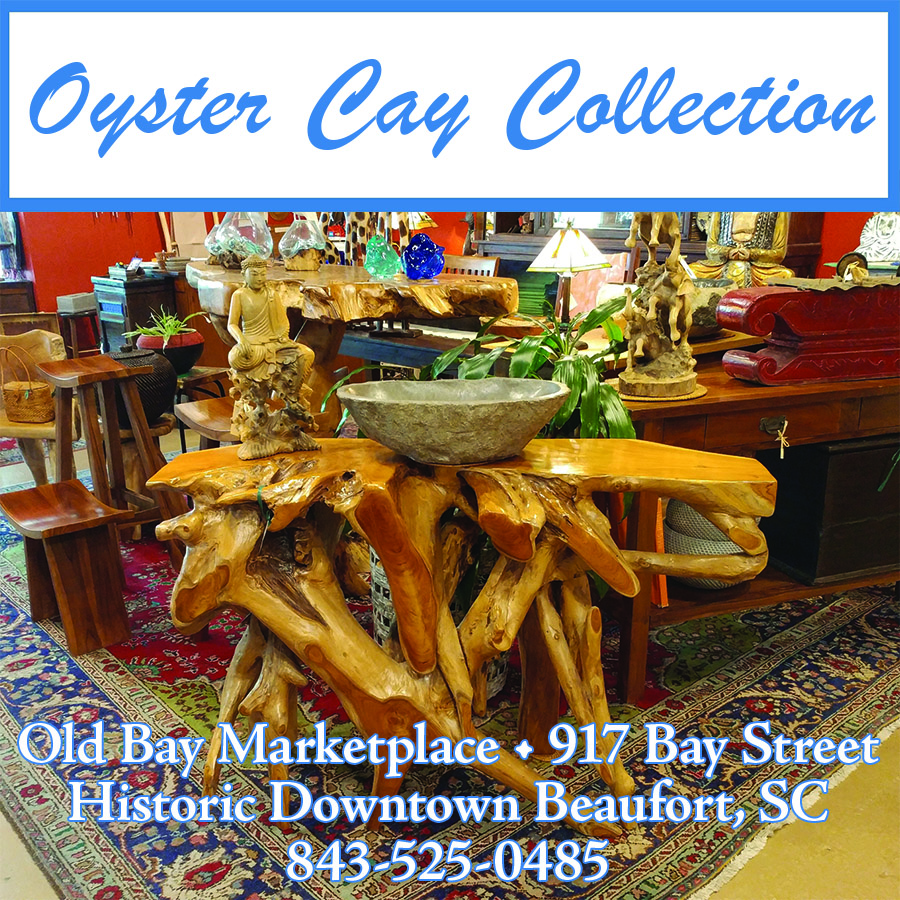Spring Cleaning in the Cloud
I need more cloud time. Some people need down time, and others need reading time, exercise time, shopping time, prayer time, practice time, writing time, WoW time, Wii time, me time, alone time, party time, Miller time. You name it, someone out there needs time for it. And something we all could benefit from is a bit more cloud-gazing. I’m talking about the information cloud, of course, not the water vapor kind.
Read More





